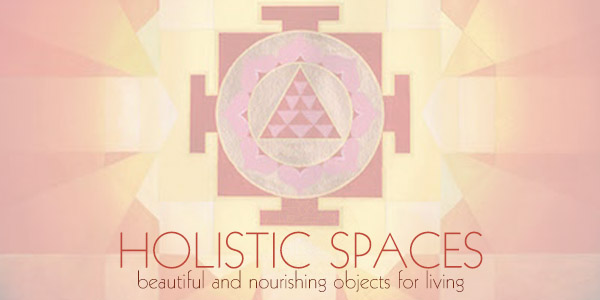I read your "9 Feng Shui Things in Bedroom" and find it helpful. I'm currently remodeling my whole home. My question that I've tried to find an answer to in my books and online: Where is the best position to place an altar...what direction, and is the bedroom not a good place to have it? I am a single woman and my bedroom is in the front right section of the bagua map.
Carolyn K.,
Hi Carolyn,
Thank you for your question, and I’m so glad you like the MindBodyGreen article, “9 Things That Should Be in Your Bedroom (According to a Feng Shui Healer)”.
Wonderful that you have an altar (or shrine) in your home. My first response would be to ask what’s most appropriate from your teachers and spiritual lineage. If there’s no specific place required, the next suggestion would be to locate it where you will use it. I’m assuming this is where you would practice meditation, so it’s a good idea to have it placed so that it works for you functionally.
When I created my first altar, it was after I started studying and practicing BTB feng shui. My teachers taught me that, if we’d like, we could create an altar in the BTB feng shui tradition to honor the teachings and as a focal point for our attention. We were even encouraged to assemble “altar committees” in class so that we could have a special sacred place in the classroom. Here we offered an image of the teacher (a Buddha and/or Professor Lin Yun), a musical instrument, a red ribbon on a stick, saffron water, rice, and a mirror in a rice bowl.
Since I live in a small New York City apartment, I have my shrine in the living room. I’ve even included a photo of it here. If I had more space, I would like to have a separate shrine room near the rear of the home. It’s ideal if the shrine can be in a more private space. I’ve been told that the bedroom traditionally is not great, as it’s seen as disrespectful for the Buddha’s image to gaze upon our romantic activities. But remember, the mundane and functional is as important as the spiritual and transcendental. It’s up to you and your specific situation. I can only share guidelines.
I have a spiritual Buddhist shrine, but there are also secular altars that you can create. Laura Morris (together we founded the Mindful Design Feng Shui school) has a blog post about more secular altars. An image of a deity is not required... you can even have a vision board or beautiful inspiration piece of art, like from my talented friend Amy T Won. On my shrine I also have a manifestation list and my ikebana cutters. The cutters are there to remind me to "cut my thoughts" and a tool of my contemplative art practice.
Since I practice BTB feng shui, the direction is not important. However, my shrine is located in the commanding position of the living room. And when I sit to meditate, I face the shrine, so I’ve also placed a small convex mirror so that when I’m sitting, I can see behind me as well. This corrects and places me in command as I meditate. But the Buddha holds the leading seat - the seat that’s most in command.
On a final note, wherever your altar ends up, you can see what area of the feng shui bagua maps it corresponds with. Or alternatively, if you have total flexibility, you could choose the feng shui bagua map location based on your intention. For instance, the Knowledge (dark blue) area would be wonderful if you seek to deepen your self-cultivation. The center area of your home, or the Health area, would be useful to have your altar become the central focal point of your life. A shrine in the New Beginnings area might give you a sense of freshness and nowness every time you sit to practice.
As with so many aspects of BTB feng shui, the optimal placement of your altar does depend on you and your preferences. Of course it helps to observe any feng shui guidance, so I would encourage you to consider the feng shui bagua and the energy of the area when selecting your altar space. Don't forget to arrange your altar with intention as well!
by Anjie Cho









